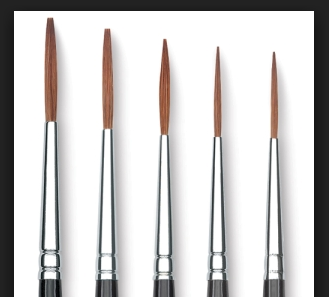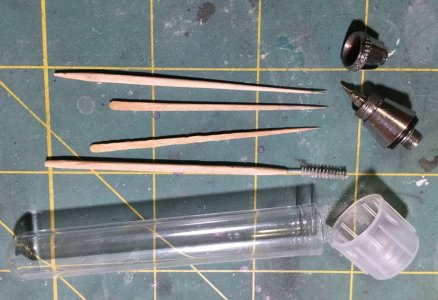S
Sim
Guest
For my H&S Infinity & Iwata HP-CS, i always do a complete strip and clean everything, especially the nozzle after every daily session (usually about 2-3 hours of spraying). Both have easily removable nozzles that are a breeze to clean. I use hobby paints like tamiya and Mr Hobby, both alcohol based and lacquer based.
Exactly the same routine for all my other Japanese & chinese brushes as well. However since all this brushes all have this tiny nozzle, it’s a chore to clean and seal; and not only it takes longer but it also requires a lot more care so as not to break or damage the nozzle. I have tried back flushing a full cup with strong solvents like lacquer thinners about 4-5 times but it is still not spotless clean. Because I once examined the nozzle and found a very small amount of paint left inside the nozzle after the back flush described above.
So the question for the tiny nozzle type airbrushes is,
1) complete disassembly and deep clean every day or
2) back flush every day and a complete disassembly and deep clean every week?
What’s the routine for all of you guys here?
Sim
Exactly the same routine for all my other Japanese & chinese brushes as well. However since all this brushes all have this tiny nozzle, it’s a chore to clean and seal; and not only it takes longer but it also requires a lot more care so as not to break or damage the nozzle. I have tried back flushing a full cup with strong solvents like lacquer thinners about 4-5 times but it is still not spotless clean. Because I once examined the nozzle and found a very small amount of paint left inside the nozzle after the back flush described above.
So the question for the tiny nozzle type airbrushes is,
1) complete disassembly and deep clean every day or
2) back flush every day and a complete disassembly and deep clean every week?
What’s the routine for all of you guys here?
Sim



